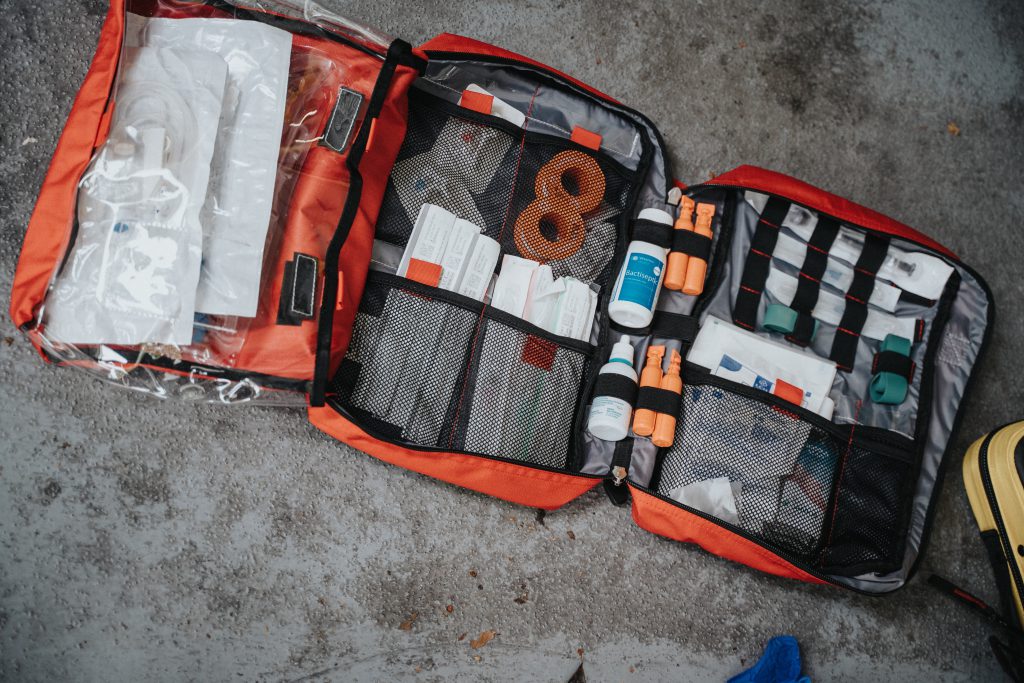502-633-1243

Don’t be caught off guard by an emergency. Prepare yourself! Have an emergency supply kit on standby whenever disaster strikes. Below, you’ll find everything you need in the event of a major emergency or disaster.
When creating an emergency kit, you need to consider the specific needs of yourself and your family members. Ensure you account for the following types of items.